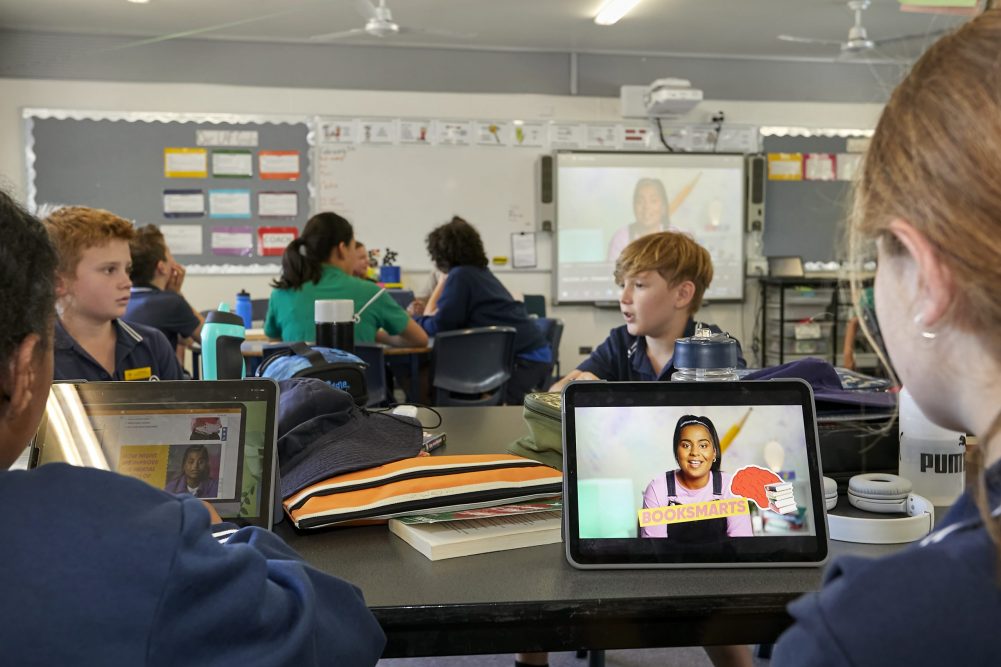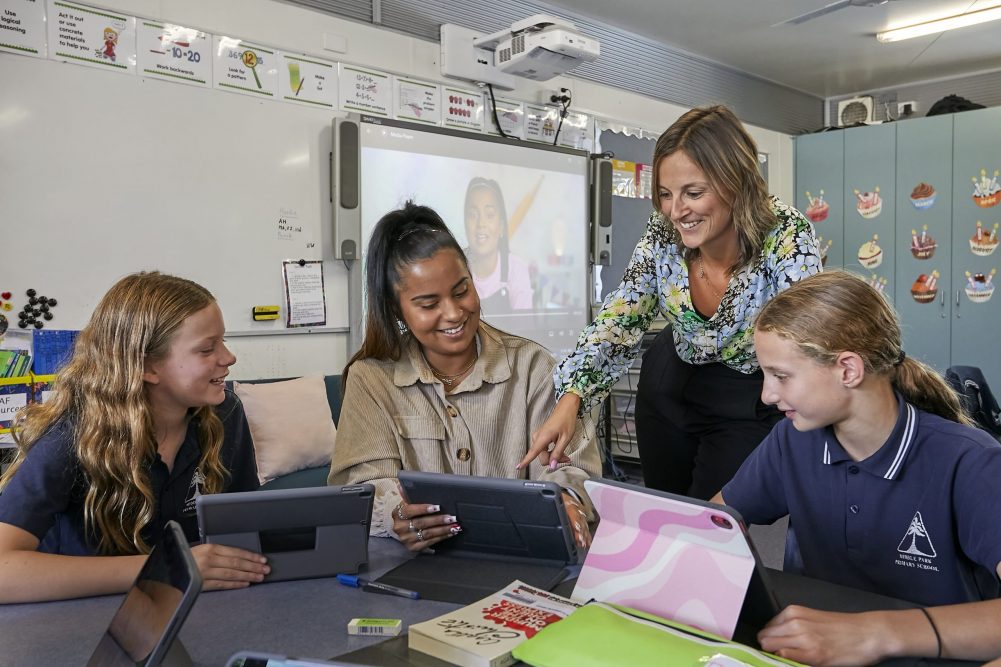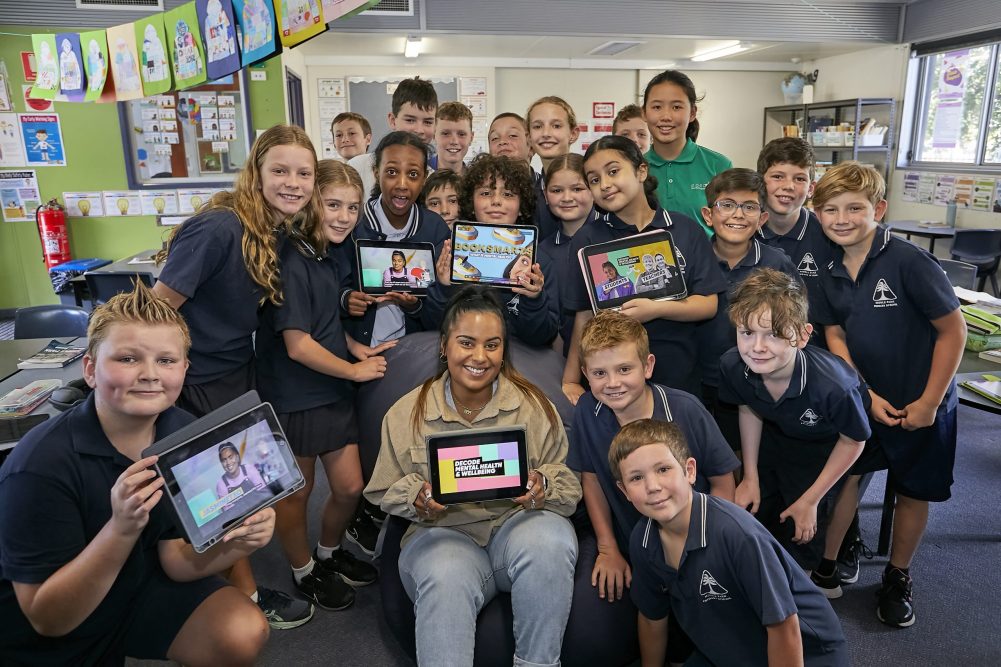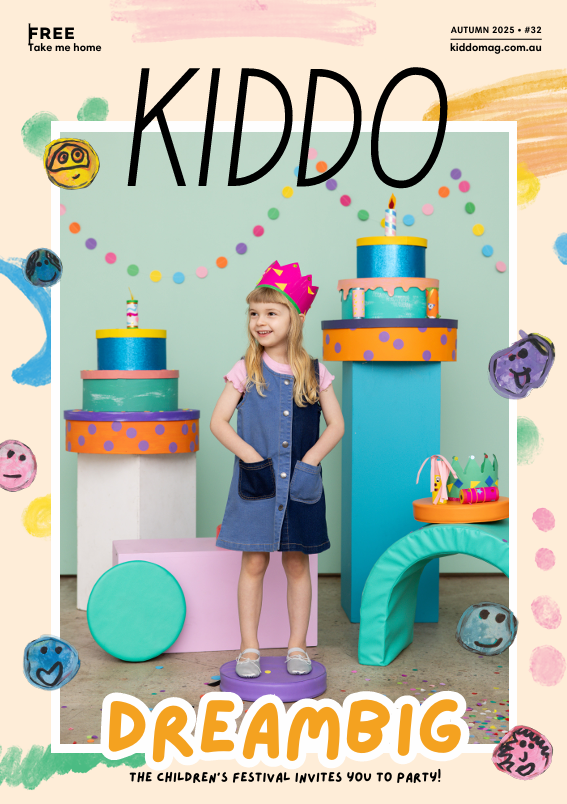WORDS: Professor Harriet Hiscock and Dr Simone Darling, Murdoch Children’s Research Institute
PHOTOS: Chris Ott
The Australian Government agrees, recently announcing a $200M investment in the Student Wellbeing Boost, designed to support mental health and wellbeing in school children.
Parents and teachers are often the first to see changes in behaviour and social-emotional functioning in children. If these changes are not addressed, they can manifest as mental health issues which can significantly impact a child’s life and in particular their ability to learn. With half of all children experiencing mental health problems before the age of 14, early intervention is critical.

Murdoch Children’s Research Institute, a global leader in child health, has conducted research that shows children with mental health conditions like anxiety can be up to six months behind their peers in learning. Parents and teachers are ideally placed to identify these children who require additional support, however many feel they do not have the required mental health knowledge or skills (also known as “mental health literacy”) to appropriately support their children and students.
Mental health literacy helps children and their carers to understand how they’re feeling, what to do about it and how to support their own/others mental health and wellbeing, which may end up helping to prevent problems down the track. Without literacy, mental health issues can often be missed or wrongly diagnosed.
With half of all children experiencing mental health problems before the age of 14, early intervention is critical.
Teachers don’t typically receive any formal training in children’s mental health. Often they don’t have the confidence and what they’re doing in the classroom is gleaned from their own personal experience, conversations with other teachers, or from other resources such as the internet, which often isn’t evidence-based.
It is critical for teachers to understand mental health and to have the language to talk about it. If teachers have good mental health literacy, they can confidently talk to their students about their issues, helping them to understand how they can look after their own mental health.
The cycle of burnout with teachers is exacerbated by having to manage mental health issues in the classroom. By providing opportunities to increase mental health literacy, teachers will have the toolkit to be able to manage these issues, which can lead to better job satisfaction, and learning school engagement for the students. This in turn improves teachers’ mental health and wellbeing in the classroom setting.

To address these challenges with mental health literacy in the school environment, Murdoch Children’s world-class researchers have been involved, along with ANZ’s leading EdTech provider, Education Perfect and content and technology studio Matterworks, in developing a ground-breaking new program for both students and teachers at the primary and secondary school level, called Decode Mental Health and Wellbeing.
Decode is specifically designed to address prevention through delivering engaging mental health literacy content in a whole of classroom approach.
A whole of classroom approach is important in tackling mental health because these issues can affect all children – and stigma remains an issue. While it is becoming easier for educators to address food allergies or asthma in children, educators can baulk at talking about mental health issues with children. Preventing mental health issues goes hand in hand with destigmatising the topic, which creates the opportunity for children to ask for help. Without that acceptance and understanding on the topic, children often suffer in silence which results in detrimental consequences to their mental health, how they function in both school and life, as well as the mental health of their family members.
Research shows children with mental health conditions like anxiety can be up to six months behind their peers in learning.
Decode is destigmatising mental health issues for children in a fun, engaging and accessible format. It’s interactive, evidence-based, and connects them to the topic, giving them the chance to say, ‘How do I help myself? How do I help my other friends and other classmates as well?’
Murdoch Children’s Research Institute strives to make meaningful change in communities everywhere and give all children the opportunity to live healthier and more fulfilled lives. Decode is just one of the many innovative ways Murdoch Children’s is helping ensure children get the mental health care and support they need – and as early as possible – to set them up for a happy and healthy future. Murdoch Children’s plans to continue their involvement and collaboration on Decode, currently designed for Years 5-8 with plans for more.
Professor Harriet Hiscock is Group Leader Health Services and Professorial Research Fellow, Murdoch Children’s Research Institute and Chief Health Officer, Matterworks.
Dr Simone Darling is a Senior Research Fellow and Program Manager, Murdoch Children’s Research Institute and Research Director, Matterworks.
For more information on Decode, available in primary and secondary schools nationally through Education Perfect:
Source: *Beyond Blue
Follow KIDDO on Instagram and Facebook, and subscribe to our weekly newsletter






